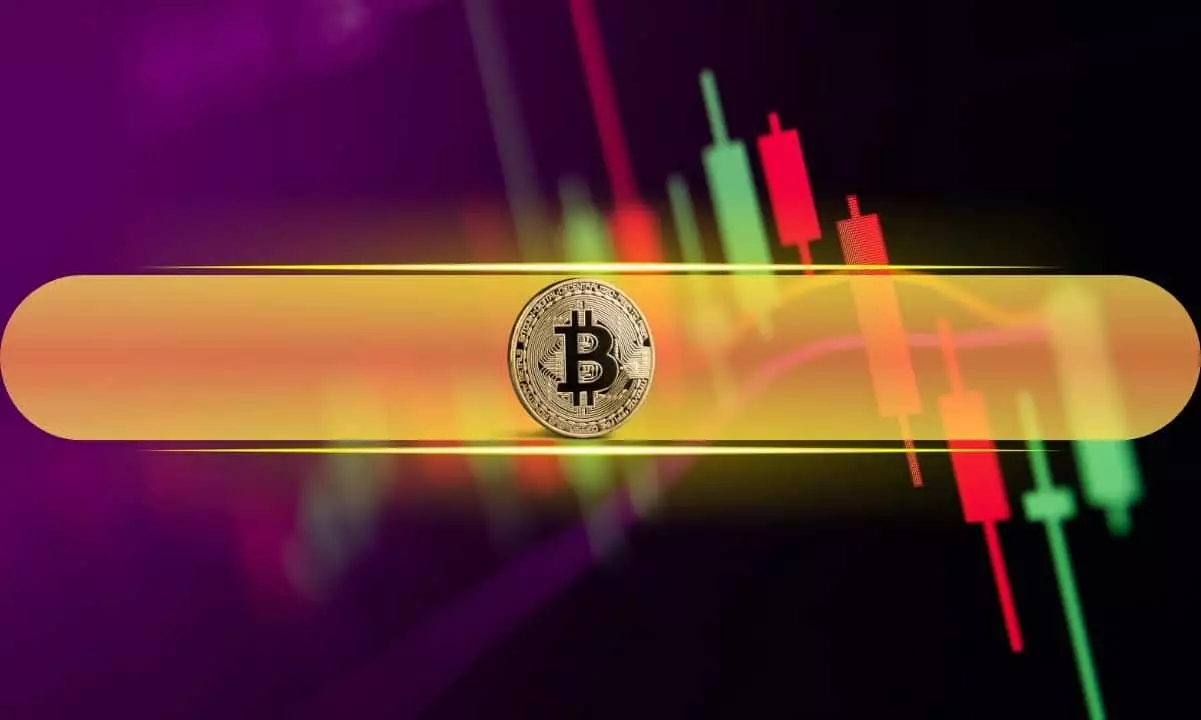The recent upward momentum in Bitcoin’s price signals a moment of renewed optimism but also exposes underlying uncertainties that investors cannot ignore. Climbing toward $110,000, after nearly touching its all-time high, Bitcoin’s steady 1.6% increase in 24 hours appears promising. However, beneath this surface lies the reality of a market that remains highly volatile and susceptible to external influences, especially regulatory interventions. While some see this rally as a validation of Bitcoin’s resilience, it’s critical to recognize that such gains are often fragile, driven by speculative enthusiasm rather than fundamental stability. The fact that Bitcoin is still roughly 2% below its peak suggests lingering hesitations among traders, who are subtly cautious despite the apparent bullishness.
Furthermore, the looming regulatory changes in the United States represent a double-edged sword. Although recent legislation, notably the “One Big, Beautiful Bill,” hints at a more favorable environment by easing taxes for retail investors and incentivizing mining operations, it also highlights the complex terrain policymakers are navigating. The bill’s lack of explicit crypto regulation is strategic; it aims to foster growth without stifling innovation — a delicate balancing act. Yet, history proves that legislative uncertainty can rapidly turn investor confidence into skepticism if not managed correctly. It’s essential for crypto advocates to scrutinize whether such measures truly bolster innovation or merely serve political narratives.
Market Dynamics: The Rise of Meme Coins and Institutional Interest
A standout feature of today’s market is the remarkable performance of meme coins like Fartcoin and Bonk. Their explosive gains—up 20% and 17%, respectively—highlight how speculative assets continue to drive market volatility. While these tokens may seem frivolous, their growth underscores a broader shift: retail investors are increasingly willing to chase high-risk, high-reward opportunities, sometimes at the expense of the fundamentals that traditionally underpin asset values.
At the institutional level, the BlackRock IBIT ETF’s surpassing of the S&P 500 fund in fee generation reveals a textbook case of changing investor priorities. The appetite for Bitcoin exposure is manifesting in tangible financial metrics, suggesting that Bitcoin is no longer just a fringe digital asset but a bona fide investment vehicle. This could lead to sustained inflows, fostering long-term confidence, but it also risks creating a dependency on institutional capitulation that might evaporate as quickly as it emerged if market sentiments sour.
Additionally, the overall market capitalization edging toward $3.5 trillion, with a daily $50 billion increase, indicates an expanding ecosystem that is swayed by both investor euphoria and genuine adoption trends. Yet, such rapid growth can trigger an overextension, echoing the mania-like bursts that earlier crypto bubbles have exhibited.
The Paradox of Stagnant Giants and Riding the Meme Wave
While the altcoin sector is in full green, with notable gains across Ethereum, Dogecoin, Cardano, and others, the contrast with stablecoins—mostly trading flat—illustrates a paradox prevalent in today’s crypto scene. The stability of stablecoins is often misinterpreted as a safety signal, but in reality, it signals a lack of liquidity in the safest segments. Meanwhile, high-flying meme coins and a handful of rising altcoins suggest that speculative fervor remains unchecked.
This environment raises fundamental questions about the sustainability of these gains. Are meme coins merely the latest testament to market hype, or do they reflect a shift in investor behavior towards more avant-garde assets? Their prominence, especially in a day where traditional giants like Bitcoin and Ethereum rally, suggests that retail investors are seeking quick wins amidst a backdrop of regulatory uncertainty and macroeconomic turbulence.
Today’s crypto market is a battleground of optimism and skepticism. While Bitcoin’s climb and institutional interest lend a veneer of legitimacy, the surge in meme coins and the market’s overheated levels warn of impending volatility. The interplay of regulatory policy, institutional acceptance, and retail speculation creates a landscape that is both promising and perilous, demanding a vigilant and discerning approach from participants on all levels.

